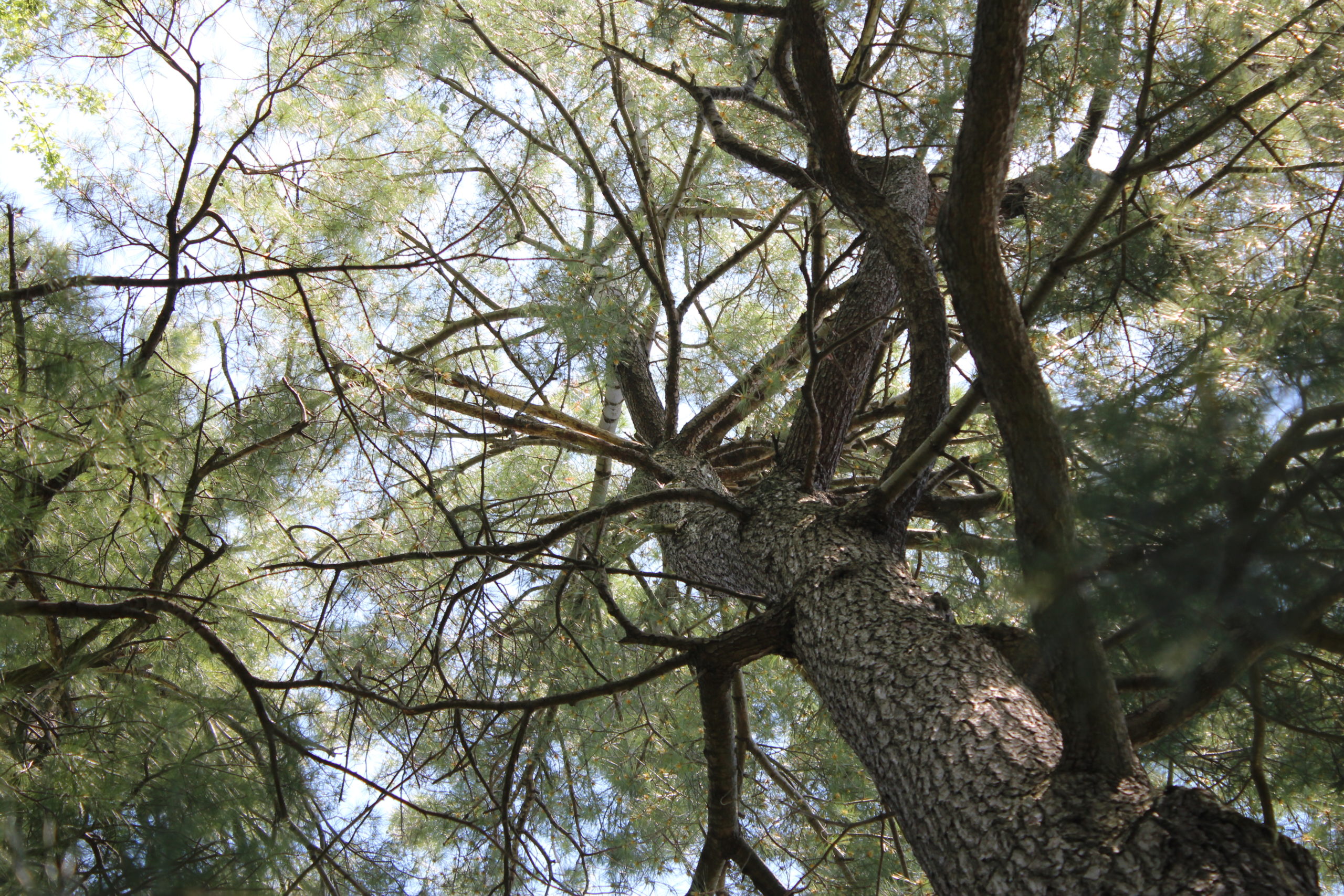
Tree Care Tips and Techniques
Trees represent a green resource for communities, providing leaf and bark aesthetics, fall colors, and multiple specific environmental benefits, such as air filtration, protecting individuals and street pavement from damaging solar rays, and reducing the heat island effect of parking lots and office building sites.
In this regard, trees serve as an important infrastructure of the community – and they appreciate in value as they get older, compared to the expected depreciation of most other equipment and materials we consider infrastructure.
Tree selection for basic structural integrity and proper site placement are only the beginning of the story for developing a sustainable community urban forest. Trees must be planted to provide proper trunk depth at soil grade, suitable (if not optimal) root growth space, and proper moisture and nutrient status for up to three years after the actual planting event. Most trees, unfortunately, do not receive this degree of care once they are planted.
Planting trees is not the easy task that most people envision. There are many factors to consider, and not paying attention to the basics can be detrimental to tree survival.
Nine tree care tips and techniques are provided by the Arbor Day Foundation for just such situations. They include finding a tree, selecting a healthy tree, tree planting, the importance of mulch, tree watering, when to prune, keys to pruning, annual pruning steps, and basic pest/disease problems to expect.
An excellent reference is available through the International Society of Arboriculture: Planting Trees and Shrubs. G. Watson, E. Himelick, 1997, ISBN 1-881956-18-0
The National Urban and Community Forestry Advisory Council is an organization that supports education, projects, and groups related to urban and community forestry. NUCFAC seeks to establish sustainable urban forests for all communities.
www.arborday.org/tree
www.isa-arbor.com
www.urbanforestplan.org
www.tlcfortrees.info

